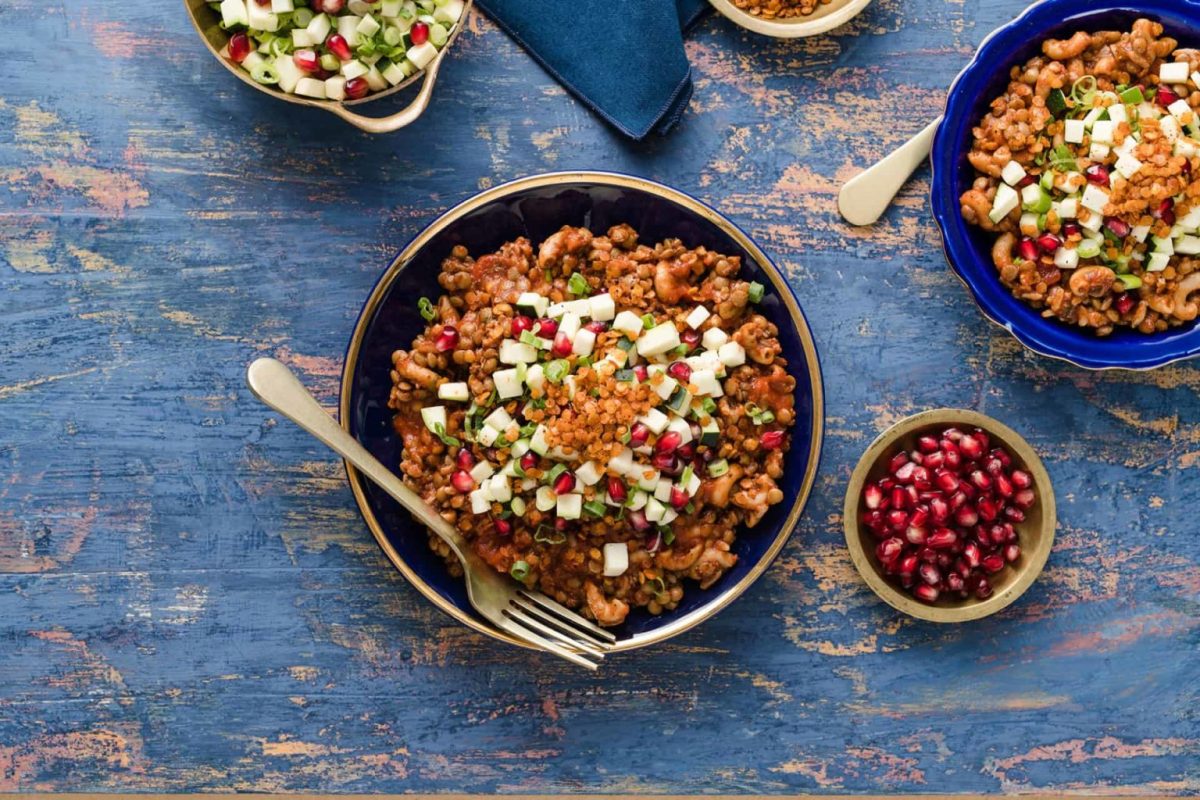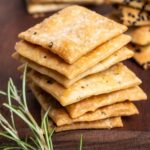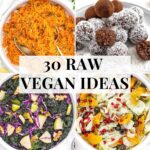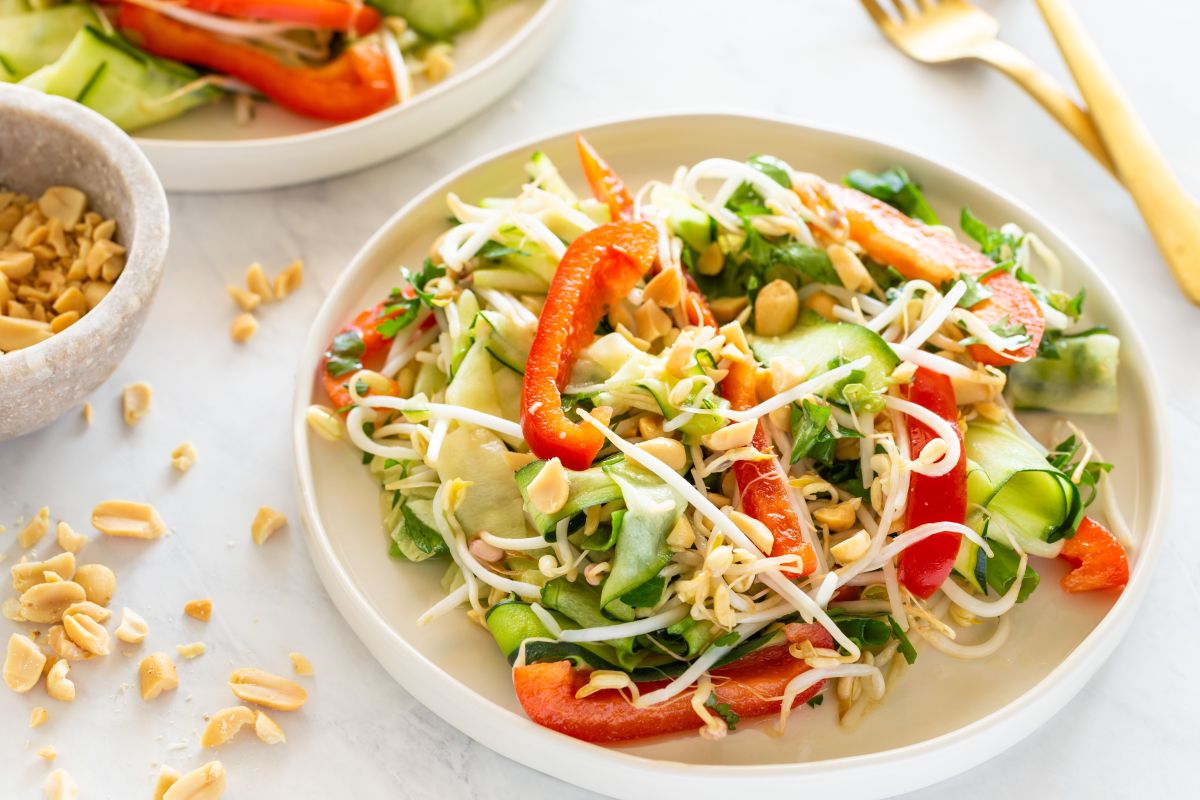Embark on a culinary journey through the vibrant landscapes of the Middle East, reimagined through a raw vegan lens. This exploration unveils a collection of recipes that capture the essence of traditional dishes, transforming familiar flavors into vibrant, plant-based masterpieces. Imagine the rich tapestry of spices, the burst of fresh herbs, and the satisfying textures—all achieved without compromising the authenticity or the incredible taste of classic Middle Eastern cuisine. Prepare to be captivated by the unexpected harmony of ancient culinary traditions and modern raw vegan techniques.
From the sun-drenched shores of Lebanon to the bustling souks of Morocco, each recipe tells a story, reflecting regional variations and historical influences. We’ll delve into the core ingredients, uncovering the secrets to building complex flavor profiles using only raw, plant-based ingredients. Learn innovative techniques for creating the textures and tastes you crave, and discover how to beautifully present these dishes, transforming them into culinary works of art.
Authenticity and Regional Variations
Raw vegan interpretations of Middle Eastern cuisine present a fascinating challenge: how to capture the rich tapestry of flavors and textures inherent in traditionally cooked dishes while adhering to a raw food diet. This requires a deep understanding of the regional variations and the cultural significance of specific ingredients and techniques. The following explores the complexities of achieving authenticity in this culinary fusion.
Regional Variations in Raw Vegan Middle Eastern Dishes
The vibrant culinary landscape of the Middle East encompasses diverse regional cuisines, each with its unique character and flavor profile. Adapting these dishes to a raw vegan framework requires careful consideration of the specific ingredients and techniques used in each region. The table below illustrates the differences in raw vegan interpretations of classic dishes from three regions: Lebanon, Morocco, and Palestine.
| Dish Name | Region | Key Ingredients | Notable Differences in Preparation |
|---|---|---|---|
| Raw Vegan Muhammara | Lebanese | Walnuts, red bell peppers, pomegranate molasses, lemon juice, garlic | Traditional Muhammara relies on roasting the peppers and walnuts for depth of flavor. The raw version uses dehydrated or sun-dried peppers and walnuts to mimic this, often incorporating a touch of smoked paprika for additional smokiness. |
| Raw Vegan Tagine | Moroccan | Carrots, zucchini, chickpeas (soaked and dehydrated), preserved lemons, harissa paste (raw version), cilantro | The slow-cooking process of a traditional Moroccan tagine is replicated through careful layering and marination of the vegetables. The use of raw harissa paste, made with sun-dried chilis and other spices, is crucial for capturing the authentic Moroccan spice profile. |
| Raw Vegan Maqluba (upside-down salad) | Palestinian | Cauliflower “rice” (finely shredded cauliflower), finely diced cucumbers, tomatoes, herbs (parsley, mint), tahini dressing | The traditional Maqluba involves layers of rice, vegetables, and meat, cooked in a pot and then inverted. The raw vegan version uses a “rice” substitute like cauliflower and focuses on the vibrant colors and fresh flavors of the vegetables, with the tahini dressing providing a rich and savory element. |
Historical Context and Cultural Significance
Many Middle Eastern dishes hold deep historical and cultural significance, often reflecting centuries of tradition and adaptation. For instance, Muhammara, with its origins in Aleppo, Syria, represents a simple yet flavorful dish, traditionally served as a dip or spread. The use of walnuts and pomegranates reflects the region’s abundant harvest. A raw vegan adaptation retains the core ingredients but replaces the roasting process with dehydration, thereby preserving the essence of the dish while accommodating dietary restrictions. Similarly, the Moroccan tagine, a symbol of communal meals and hospitality, can be reimagined in a raw format, highlighting the fresh produce and vibrant spices, maintaining the spirit of sharing and celebration.
Challenges in Creating Authentic-Tasting Raw Vegan Versions
Replicating the complex flavors and textures of traditionally cooked Middle Eastern dishes in a raw vegan context presents several challenges. The Maqluba, for example, traditionally relies on the gentle cooking of rice to absorb the flavors of other ingredients. In the raw version, achieving this depth of flavor requires careful preparation and marination of the vegetables and a well-balanced dressing. Another key challenge lies in mimicking the textural qualities of cooked dishes. The soft, tender texture of cooked vegetables is difficult to achieve without cooking. Dehydration helps, but raw vegetables inherently have a different mouthfeel. The use of creative techniques like finely shredding or pulsing ingredients in a food processor can help to improve texture and create a more harmonious eating experience. Finally, replicating the rich, umami notes found in some cooked dishes often necessitates the clever use of ingredients like nutritional yeast or sun-dried tomatoes to add depth and complexity to the raw vegan versions.
Nutritional Information and Health Benefits

Raw vegan Middle Eastern cuisine, bursting with vibrant colors and fresh ingredients, offers a wealth of nutritional benefits. This vibrant culinary tradition emphasizes whole foods, minimizing processed ingredients and maximizing the intake of vitamins, minerals, and phytonutrients. The following explores the nutritional profile of three representative recipes and the overall health advantages of embracing this dietary approach.
Nutritional Breakdown of Featured Recipes
The nutritional content of raw vegan Middle Eastern dishes varies significantly depending on the specific ingredients used. However, we can illustrate the potential nutritional benefits through a sample analysis of three representative recipes. Please note that these values are estimates and can vary based on specific ingredients and portion sizes.
| Recipe | Vitamins & Minerals (Examples) | Beneficial Components | Potential Health Benefits (Examples) |
|---|---|---|---|
| Raw Vegan Muhammara | Vitamin A (from red peppers), Vitamin C (from red peppers and pomegranate), Potassium (from walnuts), Iron (from pomegranate) | Healthy fats (from walnuts), fiber (from red peppers and bread), antioxidants (from pomegranate) | Improved digestion, boosted immunity, enhanced heart health |
| Raw Vegan Tabbouleh | Vitamin K (from parsley), Vitamin C (from parsley and tomatoes), Folate (from parsley), Magnesium (from parsley) | High fiber content, antioxidants, phytonutrients | Improved gut health, reduced inflammation, increased energy levels |
| Raw Vegan Baba Ghanoush | Vitamin K (from eggplant), Potassium (from eggplant), Vitamin B6 (from eggplant), Manganese (from tahini) | Healthy fats (from tahini), fiber (from eggplant), antioxidants | Improved brain function, better blood sugar control, enhanced skin health |
Health Benefits of a Raw Vegan Middle Eastern Diet
A raw vegan Middle Eastern diet, rich in fruits, vegetables, nuts, and seeds, offers numerous health benefits. The abundance of fiber promotes healthy digestion and regular bowel movements, reducing the risk of constipation and other digestive issues. The high concentration of vitamins and minerals supports robust energy levels, contributing to increased vitality and stamina. Furthermore, the diet’s emphasis on whole, unprocessed foods minimizes the intake of harmful additives and preservatives, supporting overall well-being and potentially reducing the risk of chronic diseases. Studies have shown that diets rich in fruits and vegetables are linked to lower risks of heart disease and certain cancers.
The Importance of High-Quality, Organic Ingredients
Sourcing high-quality, organic ingredients is paramount for maximizing the nutritional value of a raw vegan Middle Eastern diet. Organic farming practices avoid the use of synthetic pesticides and herbicides, reducing exposure to potentially harmful chemicals. Furthermore, organically grown produce tends to be richer in essential nutrients than conventionally grown counterparts. Choosing organic ingredients ensures that the vibrant flavors and health benefits of these recipes are fully realized, contributing to a more nutritious and wholesome culinary experience. For example, organically grown parsley will contain a higher concentration of Vitamin K compared to conventionally grown parsley.
This exploration of raw vegan Middle Eastern cuisine reveals a world of vibrant flavors and textures, proving that plant-based eating can be both incredibly delicious and deeply satisfying. By embracing raw ingredients and traditional techniques, we can create dishes that honor the heritage of Middle Eastern cooking while nourishing the body and soul. The journey through these recipes is not merely about food; it’s about experiencing a culture, appreciating its history, and celebrating the transformative power of culinary creativity. So, gather your ingredients, embrace the process, and savor the exquisite results—a testament to the boundless possibilities of raw vegan cuisine.
Essential FAQs
Can I meal prep these raw vegan Middle Eastern recipes?
Many components, like chopped vegetables and prepared dressings, can be prepped ahead. However, assembling the final dishes is best done shortly before serving to maintain optimal freshness and texture.
Are raw vegan Middle Eastern recipes suitable for all dietary restrictions?
While inherently vegan and raw, always check ingredient lists carefully for potential allergens (nuts, seeds, etc.) and adjust recipes as needed to accommodate specific dietary needs.
Where can I find high-quality, organic ingredients?
Local farmers’ markets, health food stores, and online organic retailers are excellent sources for high-quality, organic produce and ingredients.
How do I store leftover raw vegan Middle Eastern dishes?
Store leftovers in airtight containers in the refrigerator for up to 2-3 days. Remember that raw vegan dishes are best enjoyed fresh.


